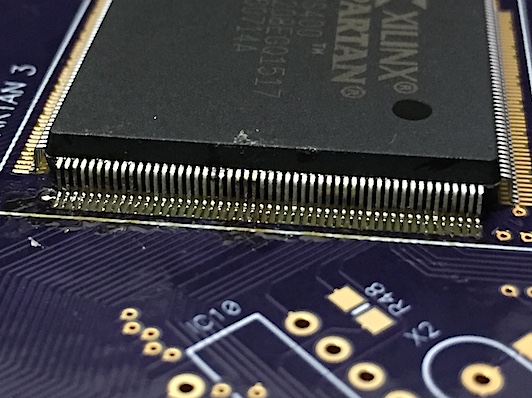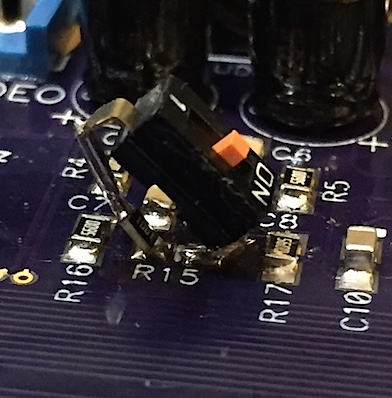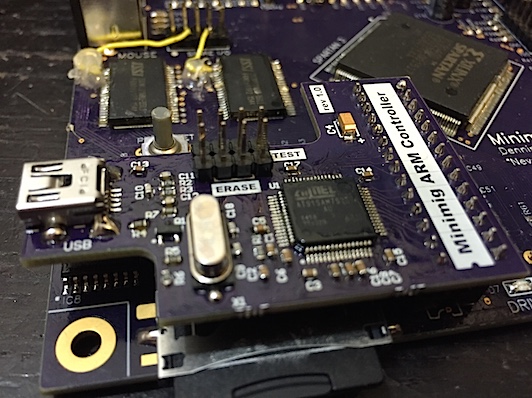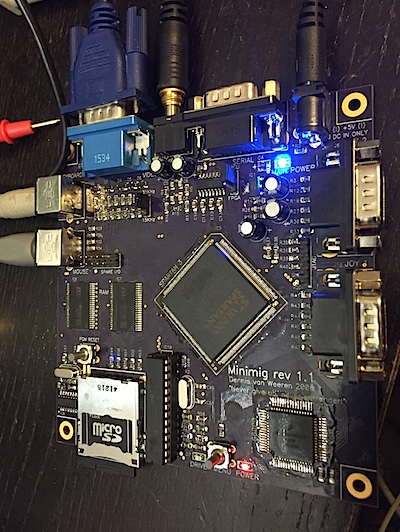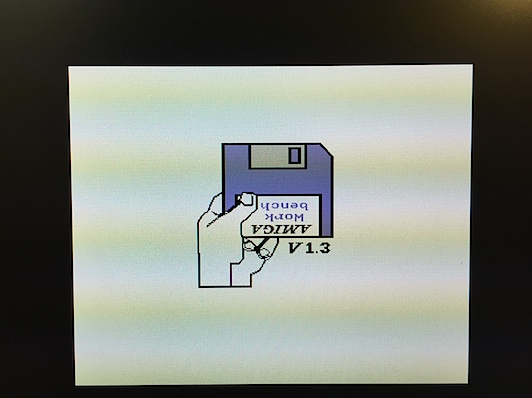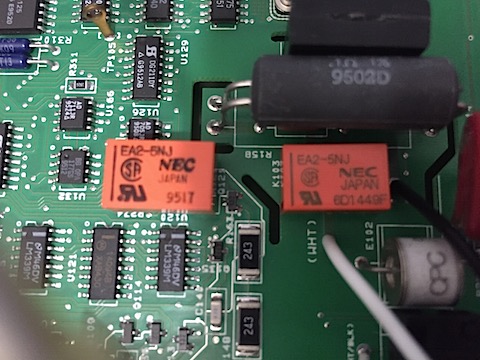I decided to build a Minimig – a clone of Amiga, it can act as Amiga 500, 500+ or 600, with up to 4MB total RAM.
The interesting thing is that it uses an actual 68000 CPU – clocked at 7 or 50MHz in Turbo mode.
Other proprietary Commodore chips are implemented in FPGA.
I also built an ARM controller board – which replaces the small PIC micro, serves as SD card interface and feeds the FPGA with initial bitstream.
I’ve also included 3 hardware mod’s – additional 2MB RAM (sitting on top of original chips), SD high speed interface and lastly – joint stereo/separate stereo switch.
This was my first time soldering such a fine pitch (and expensive) chip – wasn’t all that hard.
